Finding Your Shade: Best Hair Colors for Pale Skin

Key Takeaways
- Discover your undertone prior to selecting a color. Take these easy tests — the vein test, the jewelry test, and the clothing test — to verify whether you are cool, warm, or neutral, then cross-match shades on your hair color chart to ensure you're avoiding colors that wash you out.
- Match shades to undertones for the most flattering effect. Cool undertones shine with ashy browns and icy blondes, warm undertones glow with buttery blondes and caramel browns, and neutral undertones can balance both with creamy blondes or copper mahogany.
- Experiment with non-traditional shades intentionally. Choose pastels, vivids, or metallics that compliment your undertone and eye color for maximum impact or begin with accents or highlights if you want a more subtle approach.
- Give it some dimension to keep it from looking flat. Either use highlights or lowlights or balayage to add depth, frame your face and blend multiple tones that suit your undertone and base color.
- Think about your natural hair color. Lighter hair fades and displays tone fast, whereas darker hair might require pre-lightening. Set your expectations, check a chart or a colorist to get a sneak peak of results.
- Refresh color with a mild regimen. Color-safe, limited heat, sun protection, plus touch-ups and nourishing treatments keep your shade skating and hair healthy.
🎨 Discover Your Personal Color Palette
Ready to discover your perfect color palette? Use our expert analysis to identify the colors that make you look and feel your absolute best. From skin undertones to feature matching, find your ideal color combinations.
Find Your Color Palette →A pale skin hair colour chart for fair skin lists shades that complement light undertones and demonstrates how warmth or coolness alters the appearance.
It details cool ash blondes, icy browns and soft blacks for pink/neutral undertones.
It highlights warm honey, beige blonde and light caramel for peach or golden undertones.
To schedule a change, the chart assists you to compare depth, contrast and upkeep.
Below, discover straight choices, suggestions and shade comments.
📚 Recent Articles
Understand your undertone
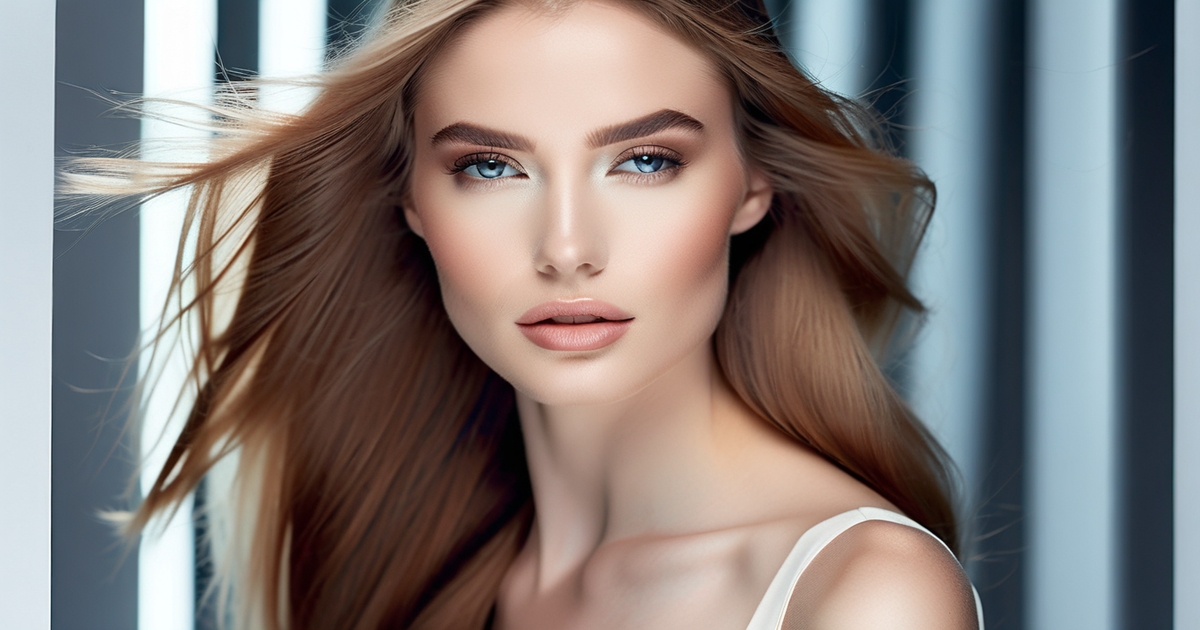
Undertone is the consistent color under the surface of your skin—cool, warm, or neutral—that remains regardless of sun or season. Understanding your undertone allows you to navigate a hair color chart for pale skin with intention, so hues enhance your complexion rather than deplete it.
It connects to seasonal color analysis (spring, summer, fall, winter), which several employ to organize palettes. Cool fair skin usually falls into summer or winter, warm into spring or autumn. Match undertone first, then balance your natural hair color, closet, lifestyle, and preferences.
The vein test
Go to a window in natural, bright light and examine your wrist veins. Blue or purple tinges cool. Green indicates warm. If you see both, you may be neutral.
This quick scan distinguishes cool from warm, which filters your hair options prior to booking an appointment. Apply the outcome to avoid conflicts. Cool undertones go with icy blonde, platinum or ash brown.
So warm undertones rock with golden blonde, strawberry blonde, rich honey or soft copper. Neutral undertones can support more contrast, from mocha to blue‑black, depending on style. Record which metal prevails under daylight and indoor lighting.
Checklist:
- Stand by daylight. Stay away from tinted glass and brutal indoor bulbs.
- Keep your arm steady. Examine several veins, not just one.
- Note dominant hue: blue/purple (cool), green (warm), mixed (neutral).
- Photograph your wrist for reference.
- Keep the note in your phone to reference against hair swatches and salon charts.
The jewelry test
Hold a silver and a gold piece next to bare skin at your neck or wrist then check for radiance. If silver hones your skin and makes it appear radiant, that's a cool signal.
If gold gives warmth and a healthy shine, that's warm leaning. If they BOTH look fine, you could be neutral. Tie this to shade picks. Cool fair skin: icy blonde, pearl, platinum, ash brown.
Warm fair skin: golden blonde, honey, caramel, strawberry blonde. Neutral undertones can support more contrast, from mocha to blue‑black, depending on style. Record which metal prevails under daylight and indoor lighting.
Include it in your vein test annotation for a heftier undertone decision.
The clothing test
Pull a cool top (blue or emerald) and one warm (mustard or soft orange). Give each a try in daylight. Look whether your face appears brighter or if redness pops. Clothes that make your eyes clear and skin even indicate your undertone.
If cool tones flatter, stay with ash bases and icy blondes on the map. If warm tones flatter, go for golden blondes, honey, copper‑kissed browns. Neutral? Most mid range – take the depth to your own natural hair and lifestyle.
Situational awareness. Olive skin, prevalent in Mediterranean or Hispanic heritage, usually tests warm and comes alive with mocha, dark chocolate or deeper reds.
Dark skin with warm undertones adores espresso, warm auburn and chocolate brown. Neutral undertones can rock blue‑black or deep violet with ease. Take notes so your fair‑skin chart builds with real world evidence.
The ultimate pale skin hair color chart
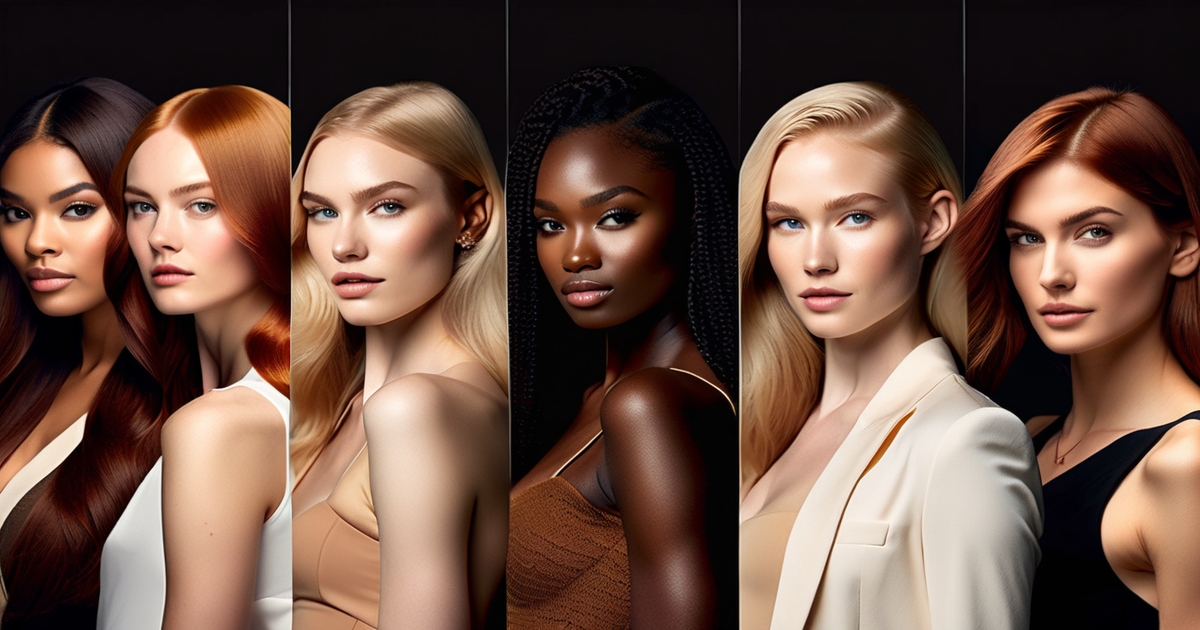
A fast map to match fair skin tones with flattering hair colors. Use it as a cheat sheet before your hair color appointment or purchase.
1. For cool undertones
Pale skin with pink, red, or blue undertones match beautifully with colors that tone down warmth. Ashy browns, smoky taupes and cool beige blondes even out redness. Platinum and icy blondes lift the face and cool toned violets or deep plums provide contrast without orangey cast.
Skip strong golden, copper or brassy tones. They tend to emphasize pink in the skin and make it appear blotchy in direct sunlight.
Cool beige, pearl and silver-blonde finishes create a clean, fresh effect. Consider ash light brown at the roots and icy highlights for dimension. A subdued lilac lip gloss will add a nice wash to the entire color palette.
Table: Cool undertones quick picks
- Ash brown: light ash brown, medium ash brown, mushroom brown
- Blonde: platinum, pearl, icy, cool beige, Nordic blonde
- Black: soft black, blue-black (subtle), graphite black
- Fashion: lavender, smoky lilac, mulberry, violet black
- Tones to avoid: gold, butterscotch, copper, warm honey
2. For warm undertones
If your pale skin tends yellow, peach or golden, warm shades enliven. Tery blondes, bright honey blondes and wheat blondes look sunlit on warm skin. Chocolate brown and milk-chocolate with caramel ribbons add richness without appearing flat.
Lean to gold and caramel. These shades mimic the skin's warmth and keep it looking aglow, even under chilly fluorescent lights.
Stay away from heavy ash or slate tones. They can leach your warmth and make your skin sallow.
List: warm-friendly shades
- Blonde: buttery, honey, wheat, golden beige, champagne gold
- Brown: chocolate, chestnut, caramel brown, toffee brunet
- Red: ginger gold, light copper, warm strawberry
- Accents: caramel babylights, golden balayage, amber gloss
3. For neutral undertones
Neutral pale skin floats between warm and cool, so it does balance well. Creamy blonde balyage flatters it because the combo of cool and warm foils keeps the face luminous. Copper mahogany provides depth without feeling too red and strawberry blonde brings a natural looking blush.
You get variety here. Go for a neutral beige blond base with pearl ends. Or a soft brown root melt with rose-gold ends. The trick is subtle contrast, not extremes.
Curated picks for neutral skin
- Blonde: creamy beige, sandy blond, neutral champagne, beige balayage
- Brown: soft mocha, neutral chocolate, café au lait
- Red/rose: copper mahogany, muted strawberry, rose-gold blond
- Dark: soft black, espresso with cool-warm lowlights
- Finishes: neutral gloss, beige toner, rose-beige glaze
Beyond the basics: Unconventional colors
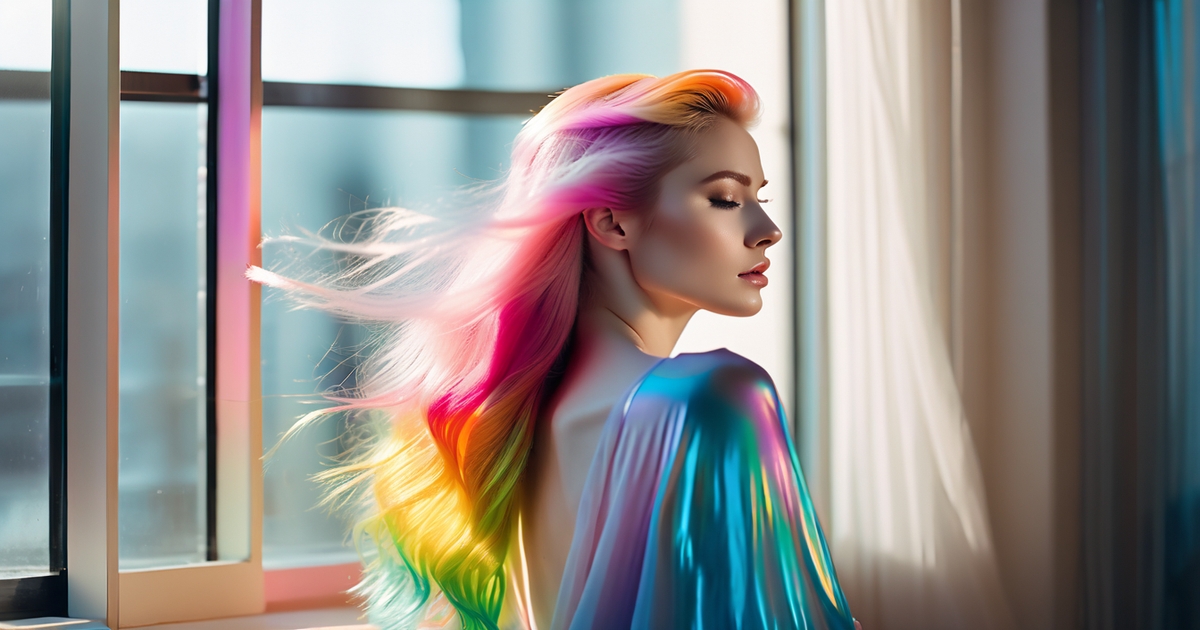
Unconventional hues that can complement pale skin tones in chic, contemporary manners include certain hair colors like pastels, which soften, while vivids provide sharp contrast. A hair color chart helps visualize how depth and undertone work together, ensuring the right hair color is purposeful and harmonious.
Pastel shades
Soft lavender, light rose and pastel blue nestle delicately on fair skin, a veil of color instead of a barrier. They read whimsical without hijacking the entire stage, and they work great if you desire a low-risk pivot from earth tones.
Pastel highlights or a soft melt at the ends brings in depth without overwhelming a fair face. Just a few foils around the face frame can lift your features and offer light bounce in pictures.
Pair pastels with your undertone for that calm, cohesive appearance. Cool undertones like lilac, icy pink, and baby blue. Warm undertones like peach, blush rose and soft apricot. Neutral undertones can go either way, so try swatches on clean, dry hair in daylight.
- Lavender haze
- Blush rose
- Baby blue
- Peach sorbet
- Mint whisper
- Smoky lilac
Vivid tones
Vibrant colors transform porcelain skin into a blank parchment that allows pigment to pop. Consider rich burgundy for depth, a dark-to-light purple gradient for motion, or an orange‑y copper that glimmers in sunlight.
High contrast can be eye-popping in the best sense when placement is clever. A vibrant tone on the lengths with a bit more muted root keeps the face airy. If you're crazy about drama, a full-bleed color has punch on short bobs and long waves alike.
Tie bright hues to your eye color for an added pop. Green eyes sparkle adjacent to plum and berry. Blue eyes sparkle with teal or cobalt. Brown eyes complement copper, scarlet and magenta.
- Burgundy velvet
- Plum to lilac ombré
- Electric purple
- Orange‑copper
- Teal jewel
- Cobalt blue
- Magenta punch
Metallic hues
Metallics–silver, rose gold and platinum–are particularly good at this, as they catch light and reflect it back onto pale skin, which can make your features appear serene and luminous. The result is smooth, slightly sharp, and unexpectedly fuzzy all at once.
Select undertone-first to keep the finish seamless. Cool undertones go with sterling silver, pewter and blue‑ice platinum. Warm undertones play bright with rose gold, champagne and soft gold. Neutral undertones can marry ash platinum with a subtle blush glaze for equilibrium.
- Ice platinum
- Sterling silver
- Soft pewter
- Rose gold
- Champagne blonde
- Smoky titanium
The impact of dimension and technique
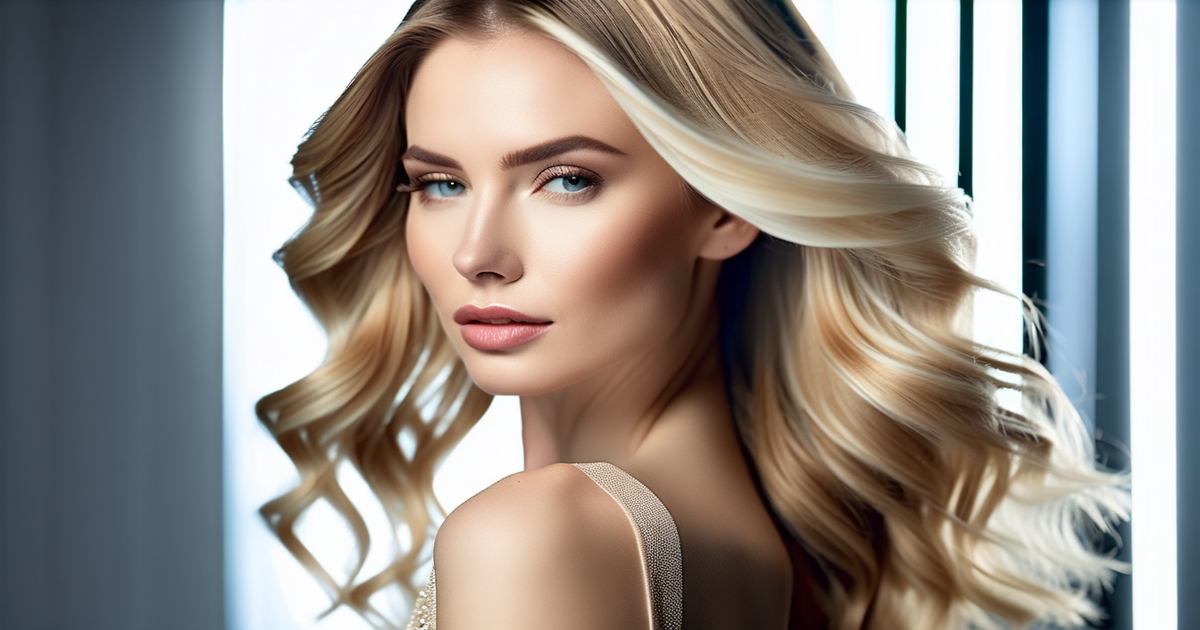
Dimension prevents pale skin tones from appearing washed out against a flat, one-dimensional color. Highlights, balayage, and lowlights interrupt color, adding shadow and light, and assist hair in mirroring the undertones in your skin tone. A hair color skin tone chart allows you to observe these shifts on a spectrum, compare undertones, and construct a blend that appears organic in natural light.
Solid color
A solid shade comes into play when you want a pristine, timeless foundation. Pick a depth that respects your skin: very fair skin pairs well with soft blondes, mushroom brown, or cool espresso. Warm fair skin often suits honey blonde, chestnut, or copper brown. The aim is coordination, not matchy-matchy.
Match undertone initially. Cool skin leans ash, neutral leans beige, warm leans golden or copper. If you adore red, test soft strawberry on cool skin, true copper on warm. Use a hair color chart to compare L and tone axes before you commit.
A strong foundation places the drama of subsequent peaks or valleys in relief. Even 2-3 weeks later, you can add fine ribbons to lift dimension without a complete redo.
Highlights
Lighter pieces add lift, focus and glow. Keep the level shift small—1-3 levels lighter than the base—so it reads soft, not stripey. Scatter lighter chunks about the face to open up the features.
Fine "babylights" soften jawlines and make eyes look brighter on camera and in shadow. Select tones that reverberate your undertone, so roots and ends resonate as one.
| Skin undertone | Base example | Recommended highlight shades |
|---|---|---|
| Cool | Ash brown, pearl blonde | Silver blonde, icy beige, cool sand |
| Neutral | Beige blonde, soft brown | Cream blonde, linen, soft caramel |
| Warm | Golden blonde, chestnut | Butter blonde, honey, light copper |
Balayage
Hand-painted balayage provides a sun-kissed slope from darker roots to lighter ends. It skips those harsh lines that compete with the complexion and reads soft in indoor and outdoor light.
Blend two to three tones: a root melt near your base, a mid-tone one level lighter, and brighter tips. Maintain the warm-cool equilibrium in order to make the flow seem natural, rather than spotty.
Pick shades by undertone: cool skin likes smoky beige to pearl ends; warm skin glows with wheat to honey; neutral skin can swing beige or soft gold. Add these combos to your chart as swatches with notes on level, tone, and placement.
Lowlights
Darker threads add shadow, still the brass, and make thin hair appear thicker. They assist fair skin by anchoring light tresses without flattening them.
Select lowlights 1-2 levels deeper than your base. Ash lowlights mute brass cocoa provides plush dimensionality to blondes.
Checklist:
- Depth: 1–2 levels darker; avoid harsh jumps.
- Tone match: cool = ash/taupe; warm = caramel/copper-brown; neutral = beige/mocha.
- Width: micro-weaves for soft shadow; chunky just for assertive appearances.
- Placement: underlayers, mid-lengths, and around nape for subtle density.
- Maintenance: demi-permanent for fade that stays soft between trims.
How natural hair color influences results
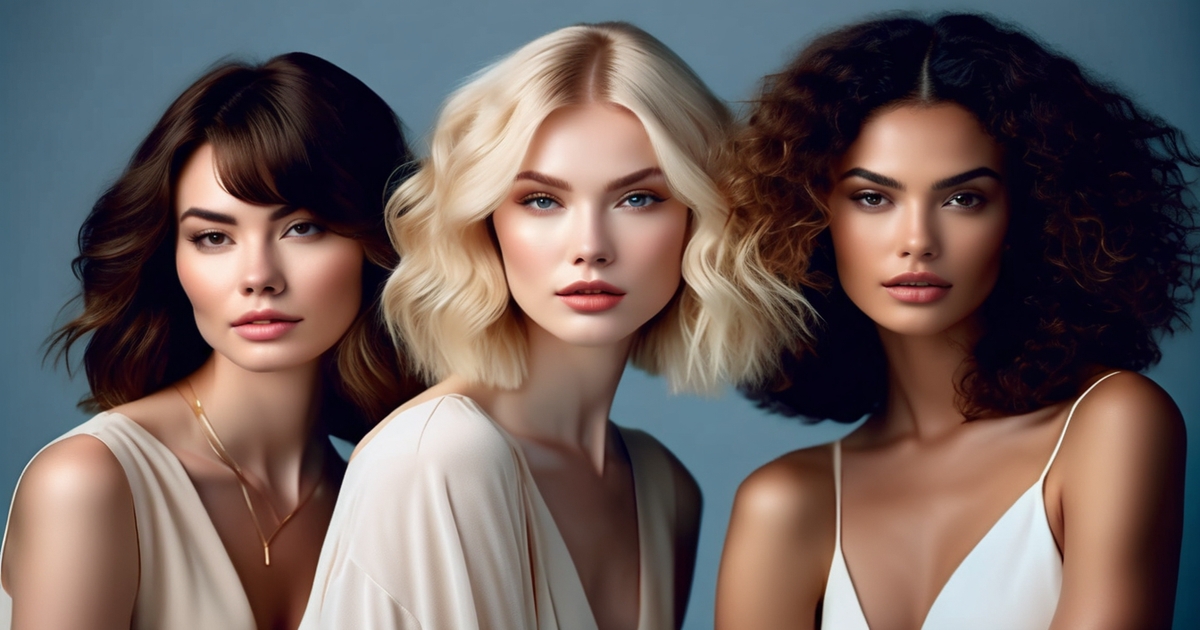
Natural base dictates, among other things, the rules for how a new shade reads on pale skin, how well dye catches and how finish plays with your undertone. A hair color chart allows you to view this prior to booking.
Evaluate your baseline hair color to estimate the appearance on lighter skin. If your base is light blonde, most dyes read true to swatch, because there's minimal pigment to combat. On very fair skin, that luminosity can cause even muted beige to appear 20% stronger because of the contrast, so a neutral beige can appear icy.
Light skin typically fares better with formulas that use 10–15% less pigment to prevent a loud outcome. If your base is medium (dark blonde to light brown), underlying warmth (yellow or orange) will push shades warmer. Ash or blue-based dyes help balance that heat. With dark brown or black, lift is the primary obstacle. Reds and plums can flash too bold next to fair skin, so think cooler, blue-based shades or hazier espresso glazes.
Because your natural hair color plays a role in how the dye absorbs and what the final tone is. Fine, light hair grabs color quickly. One additional minute can skew from rose gold to hot pink. Thick, black hair fights, tugging hot as it rises.
If you have a cool undertone, blue-based colors tend to feel more natural—ash brown, smoky beige, pewter blonde, blue-black. Studies indicate 72% of individuals with cool undertones are more pleased with blue-based shades than yellow-based ones. Warm undertones will glow soft gold, copper or honey, but on light skin those warms should be softer.
Best warm blends for fair skin often contain roughly 25–30% less pigment than their versions for medium or dark skin. Neutral undertones can flex, but remember: color intensity pops harder against pale skin.
Shift expectations by natural level. Light bases can go to platinum or pastels with low lift – think diluted mixes and lower process times. Beige, sand and bronde – medium bases take these colors beautifully, add a cool corrector to mute brass.
Dark bases require staged lightening for cool blondes; if you hold dark, try blue-black or neutral mocha to maintain depth without sharp contrast. Seasonal shifts matter: summer sun raises melanin in fair skin, nudging undertones warmer, which can clash with icy tones; tweak with a cooler gloss mid-season.
In winter, skin can veer cooler, so drop the ash in formulas to prevent looking flat. Check your results before coloring with our hair color chart! Match your base first, select a target shade, then check cool vs warm swatches on your wrist or jaw in daylight.
Remember that on pale skin, colors will read more intense, select a shade one shade lighter than your initial selection. If blending, begin with less color, then layer with a shine. Shoot in shade and sun to be sure they harmonize.
Maintaining your perfect shade
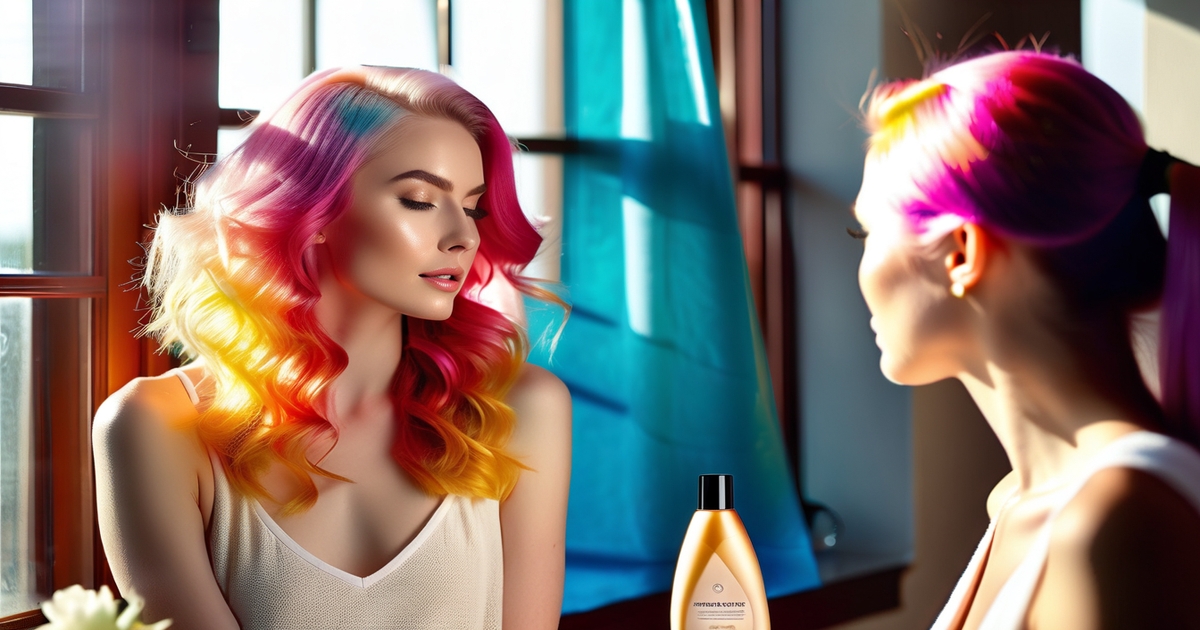
Color on fair skin tone reveals every transition, so care is about small, consistent adjustments that maintain tone accuracy and texture vitality while providing flexibility to adjust with certain hair colors or your mood.
Follow a haircare routine with color-safe products to preserve vibrancy on pale skin.
Shampoo with a sulfate-free, color-safe shampoo and a light, acidic conditioner to seal the cuticle and hold tone. Wash less—2-3 times per week—and rely on dry shampoo to slow fade and maintain root lift. Rinse with cool water to reduce dye bleed.
If your shade leans warm—like a deep caramel or honey brunette—use a mild, pigment-balancing wash weekly to keep brass warm but not orange. If you went golden balayage or soft ombré, select a bond-building conditioner to combat porous ends. Avoid frosty or ashy toners on pale skin—they can mute your face and make hair look flat under soft winter light.
Schedule regular touch-ups to prevent fading and maintain a fresh look.
Schedule root taps or glosses every 6 to 8 weeks if you rock soft highlights, and 8 to 10 for single-process brunettes or warm auburn. A clear or tinted gloss in between color visits keeps shine high and tone even — which counts on fair skin where one dull zone sticks out quick.
If you like to switch shades regularly, keep a record of each formula and level – one color can restrict the next. For instance, deep auburn can stain blonde, cool targets later on. Staying within two shades of your existing color appears most natural and facilitates subsequent changes.
Don't leap three shades lighter than your base, it washes you out and forces ugly solutions.
Protect colored hair from sun exposure and heat styling to avoid damage.
UV breaks bonds and fades dye, quick in blazing summer sun. Wear a hat, or spritz on a UV shield with SPF for hair prior to venturing outside. Apply a heat protectant prior to every blow-dry, curl or flat iron and maintain tools below 185°C.
Lower heat maintains golden tones shiny and auburns rich. Remember that shade reads differently by light—soft winter light can cool your color, while summer sun warms it—so protect your tone accordingly to the season and your daily light.
Choose nourishing treatments to keep hair healthy and your chosen shade looking its best.
Do a once per week ceramide or oil mask to fill weak spots and a bond repair once every 1 – 2 weeks to keep ends from fray. Rotate a tinted mask to nudge tone: gold for honey brunettes and balayage, copper for warm auburn.
In summer, lean a bit lighter and sun-kissed, while in the wintertime, opt for richer, darker hues to offset the soft light. Think ahead if you might pivot next season — subtle shifts preserve your possibilities.
Conclusion
To pick a hair shade for pale skin, trust the map you built: undertone, depth, and upkeep. Cool skin adores ash, pearl and soft black. Warm skin glows with golds, and honeys and coppers. Neutral skin can go either way. Tiny adjustments fuel huge success. Sprinkle in face-framing lights, a soft melt at the ends, or a root smudge for less grow-out.
One short story. Cool skinned friend, went from flat brown to ash brown with baby lights. Her eyes popped, her skin looked fresh and maintenance took less than 8 weeks. Easy change, huge impact.
Let's try it out! Save your chart notes, select two safe shades and schedule a consultation. Request swatches in natural light. Begin soft. Construct from there.
Frequently Asked Questions
How do I find my undertone for hair color?
Examine your veins in natural light to determine your skin tone; blue/purple indicates cool tones while green suggests warm, and both indicate neutral skin tones. Silver jewelry complements cool skin tones, whereas gold is ideal for warm skin tones. For a flattering hair color, match hair shades to your undertone for harmony, and when in doubt, opting for a neutral tone is the safest choice.
Which hair colors suit very fair, cool-toned skin?
Ash blonde, platinum blond, mushroom brown, cool beige, and blue-black are good options for those with a cool complexion. These shades cancel out any redness and maintain a chic look. It's best to avoid warm hues like golds or copper unless you want intentional contrast.
What's on a pale skin hair color chart?
It maps undertones (cool, warm, neutral) to shades: cool (ash blonde, icy brown), warm (strawberry blonde, golden brown), and neutral (soft beige blonde, neutral brown). This chart also displays depth levels from 1 (black) to 10 (lightest blonde) to assist in finding the right hair color for various skin tones.
Can unconventional colors flatter fair skin?
Yes. Pastels (rose, lavender, mint) and jewel tones (emerald, sapphire) pop on light skin tones. To find the right hair color, match your undertone: cool skin tones with blue-based shades, warm skin tones with peach or coral. Keep roots soft or shadowed for dimension and easier maintenance.
How do techniques like balayage help pale skin?
Dimension keeps you from looking washed-out, especially when you choose the right hair color. Techniques like balayage, babylights, and root smudge add depth around the face and crown, enhancing your natural skin tone and making your complexion glow.
Does my natural hair color change the result?
Yes. Starting level and undertone impact lift, along with the right hair color and maintenance, are crucial. Dark hair may reveal warmth when lightened, so consider toners. A strand test helps estimate the effect and minimizes surprises.
How do I maintain the perfect shade on fair skin?
To maintain your ideal hair color, apply sulfate-free shampoo, color-safe conditioner, and a weekly mask. Depending on your skin tone, incorporate purple or blue shampoo to achieve the right shade. Additionally, refresh gloss or toner every 4–8 weeks for optimal brightness.